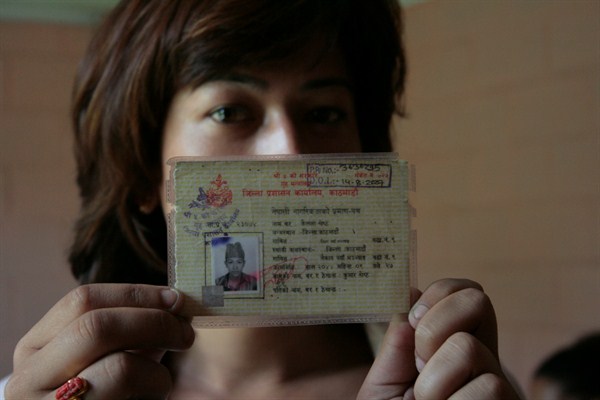Editor’s Note: This article is part of an ongoing WPR series on LGBT rights and discrimination in various countries around the world.
Members of Nepal’s LGBT community were once openly derided as “social pollutants,” but now enjoy social and political rights—including legal recognition of a third gender—that put the country leagues ahead of much of the rest of the world. The past decade has proved critical in that evolution, as LGBT activists won significant victories in Nepal’s courts. In an email interview, Kyle Knight, a researcher with the LGBT Rights Program at Human Rights Watch, explains how LGBT activists in Nepal used a combination of tactics to overcome an archaic and patriarchal legal system and put the country at the forefront of LGBT rights worldwide.
WPR: What is the general human rights situation for LGBT people in Nepal, how has it changed in recent years, and what are the most significant milestones marking this progress?

